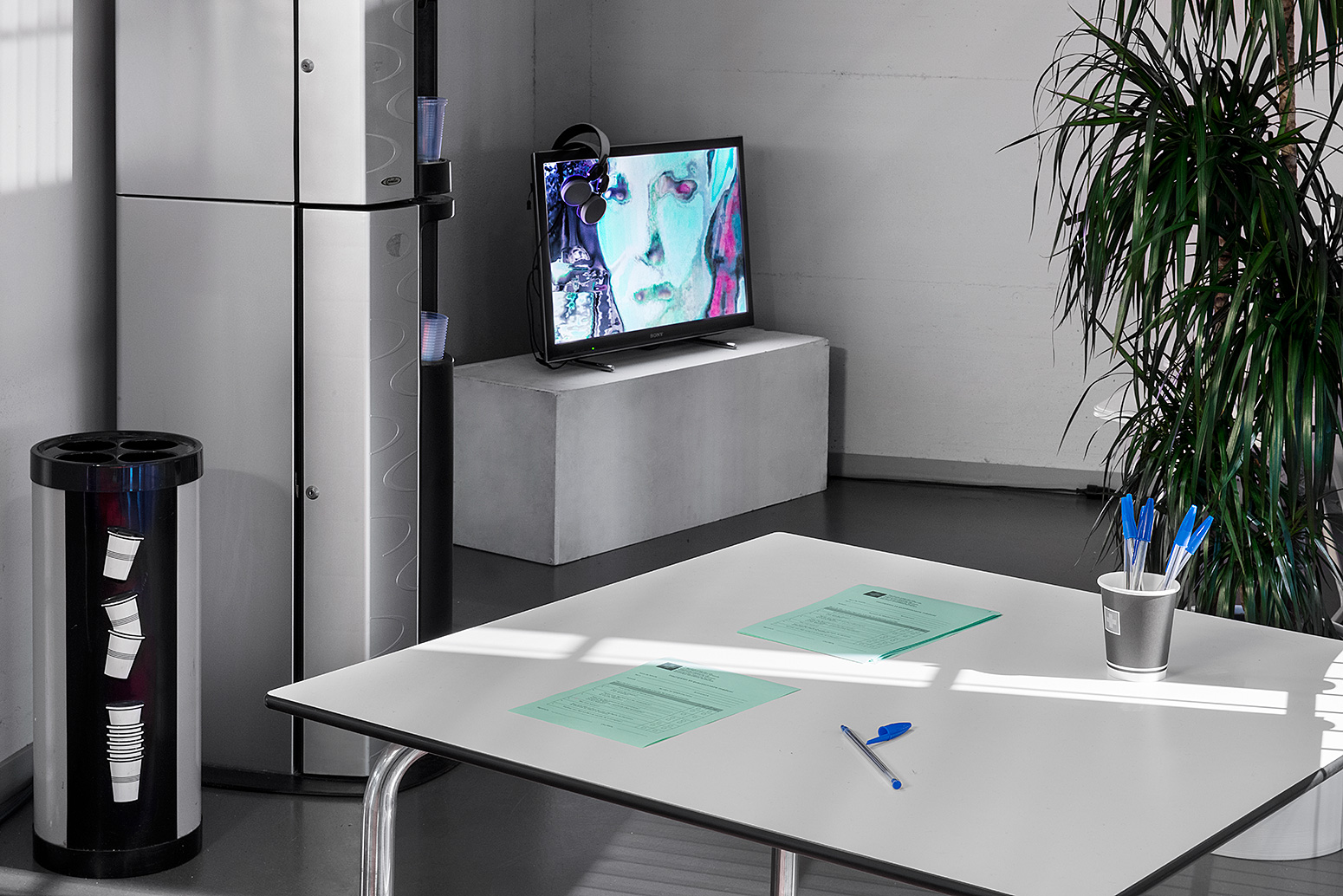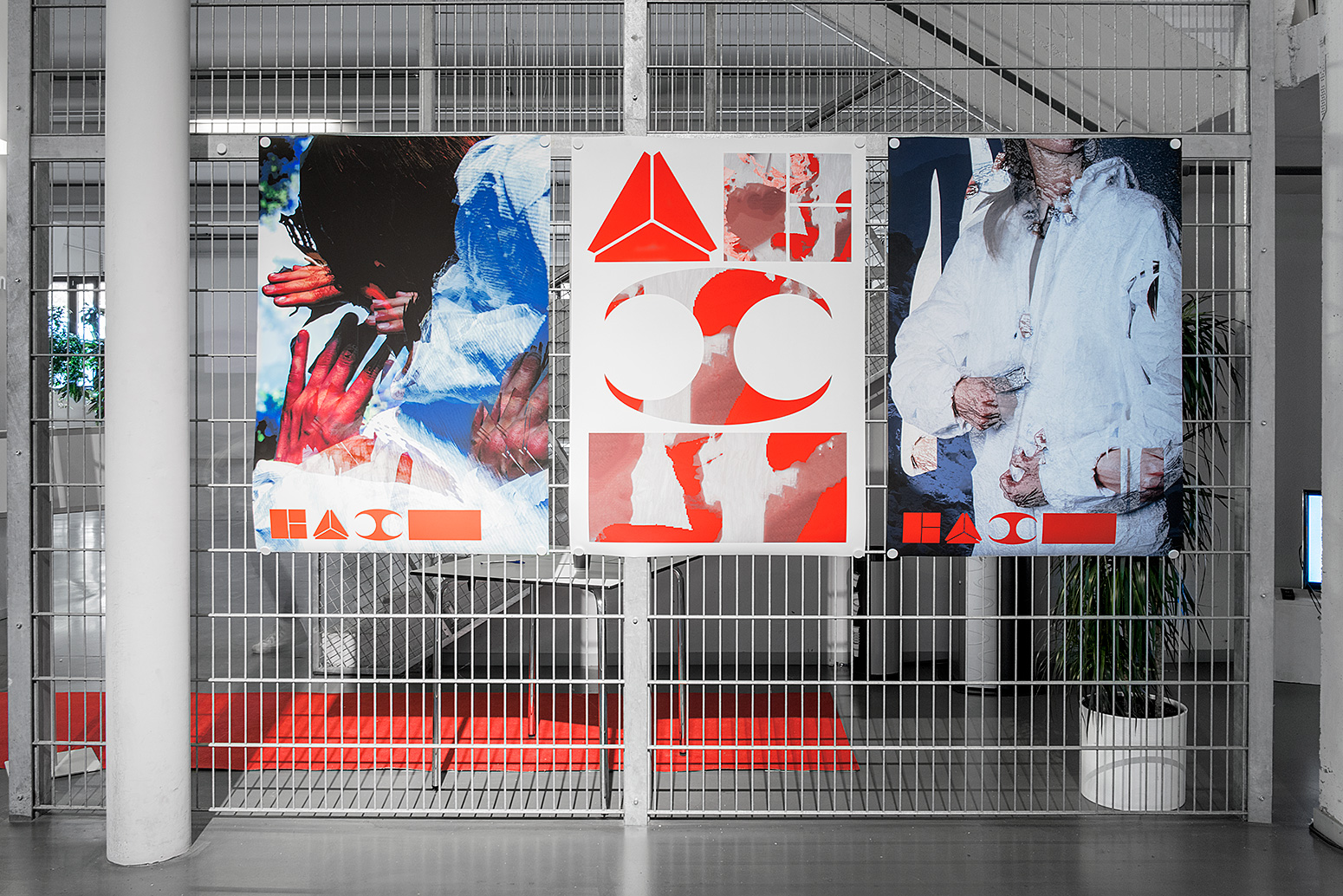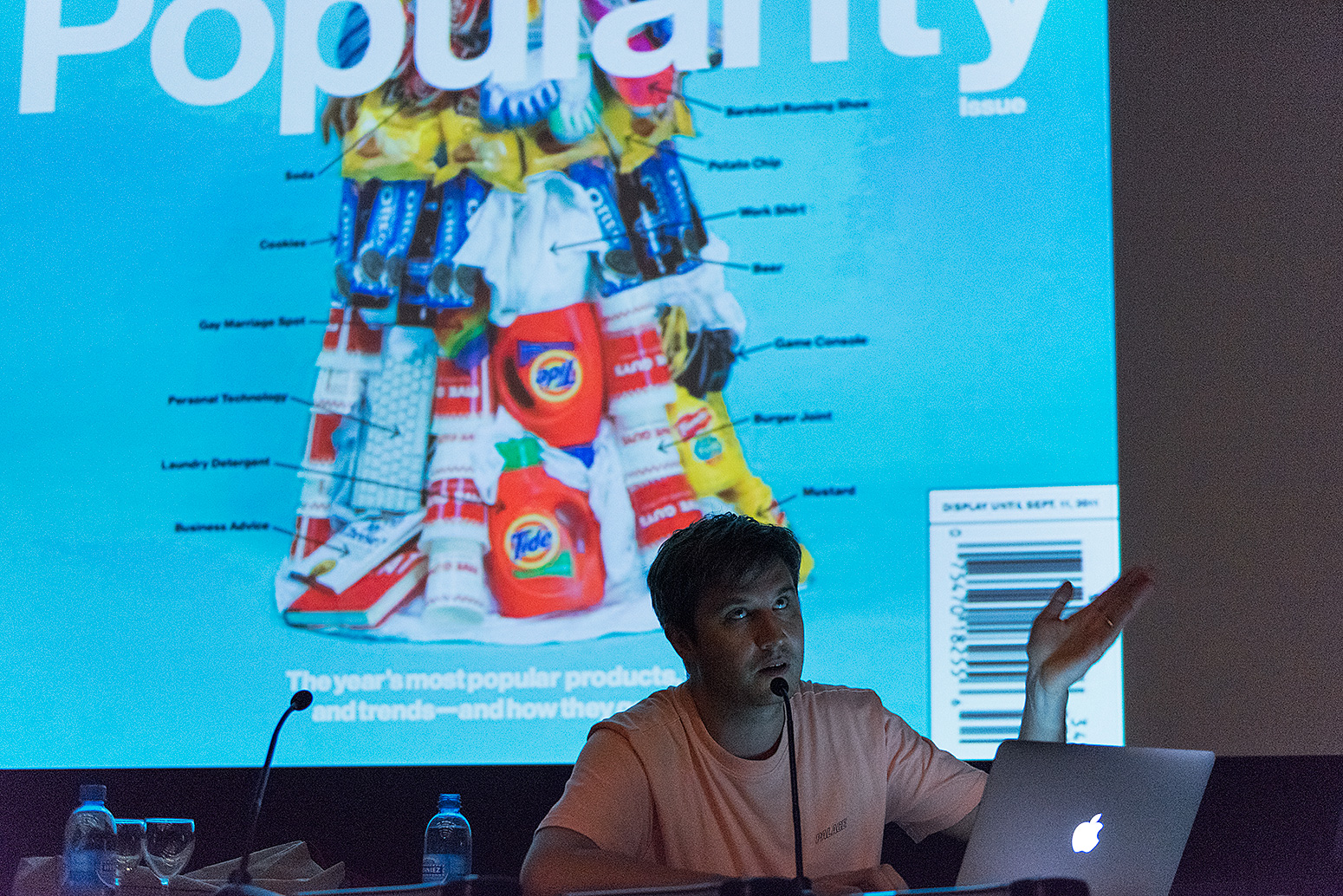

Richard Turley
Yevgen Anfalov
Jacopo Atzori
Alyar Aynetchi
Johannes Bauer
Arve Båtevik
Vilhelm Björndahl
Rahel Brochhagen
Juliette Collin
Gabriele Fumero
Maria Grazia Grasso
Florence Meunier
Bilal Sebei
Senta Simond
Nicolas Toulotte
Anna Toussaint
Clément Tremblot de la Croix
Laura Zoccarato
Assisted by:
Leonardo Azzolini
Maxime Guyon
Frederik Mahler-Andersen
In May 2015 the first year MAAD students took part in a week-long workshop led by Richard Turley, Senior Vice President of Visual Storytelling and Deputy Editorial Director at MTV.
While recreating the work dynamics of an advertisement agency, the workshop encouraged the participants to practically investigate the current significance of a campaign in its formats, functions and roles. Divided in four groups they would build a brief from a given outline of a campaign and in a second stage each group would be assigned a partner team to take the brief and develop the project. This structure allowed the teams to commission a brief and execute another one, thus playing two roles at the same time.
The outlines had a specific visionary profile conceived to push the projects far from stagnating advertisement commonplaces in the process of crafting identities:
01 – Promote a state-run program that provides free group therapy to citizens using exercises from popular drama schools and psychoactive drug treatments.
02 – Name the product, design the bottle and propose a promotional strategy that translates the kinetic, exuberant experience of drinking an alcoholic Coca-Cola product into a youth movement.
03 – Make a music video for “Anohni – Crisis”, a study of tragedies of our age in which the western dream is an hallucination, addressing changes occurring in Europe such as the influx of refugees, the estabilization, imagery of crisis as daily consumption products.
04 – Considering The North Face heritage as both an urban brand and as adventurer’s apparel, communicate the novelty of the first mass market digital invisibility cloak, capable of providing the wearer with complete privacy from government surveillance.
The outcomes took shape as installations blending graphic design, moving images, sound and performative contributions.







